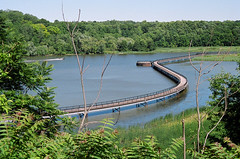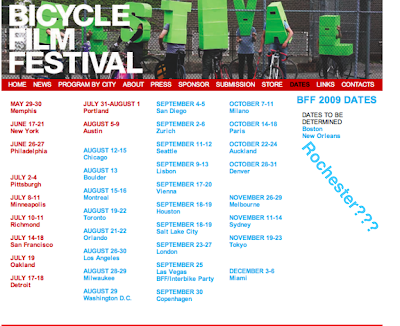Few inventions have the efficiency, health benefits, affordability, urban design potential, safety features and environmental friendliness of the modern bike. It’s not your grandmother’s bicycle; it’s a revolutionary component in our future transportation portfolio. There have been bikes. There will be bikes.
Bikes started as glorified hobby horses (the walking machine), then got pedals (the velocipede or boneshaker), then rose up and sped up (the high wheel bicycle), then began settling down for speed and safety (the hard-tired safety), and now they are fast, sleek and efficient. It was a long (and sometime dangerous) haul; and, if you are quick about it, you can see the entire history of bicycles at the Pedaling History Bicycle Museum in Orchard Park, NY before it closes. (If enough visitors go, maybe it won’t close.) [http://www.pedalinghistory.com/]
Now, in many modern urban communities the bicycle is more than an old contraption made new and glorified by bike clubs and enthusiasts. Bicycles are not simply hangers-on, like horse-riding or Model T driving on Sunday. Bicycles are becoming an integral part of planned transportation systems throughout the country. Note how cities like Portland, Oregon and Boulder, Colorado are retrofitting their vehicle-dominated streets into bike boulevards (BTA: Bicycle Boulevards Campaign) where commuters and even kids off to school can get to their destinations year-round and safely.
Year-round and safely? In New York State? In the rain, the snow, heavy traffic, though the mud, across busy bridges, to grandmother’s house and still be presentable?
Become a believer. When more people bike more drivers accept them on our streets—which, of course, they have every right to be. In official studies: under 6.5 miles, the public prefers bicycling over mass transit. Bicycling produces zero greenhouse gas emissions, has relatively inexpensive repair bills, and because of the soaring cost of road and bridge maintenance our regional planners consider bicycles a serious component of our future transportation.
If we make our streets more bike accessible, protect bicyclists from fast-moving traffic, create innovative all-weather bike corridors, [http://rochestergreenway.org/]and provide convenient and comprehensive bike parking, the public will bike. Already, many cities have found a way to bicycle-friendly their streets, not because it is trendy, but because there is no faster, more efficient, environmentally and urban-friendlier way to get around than the bike. [http://www.bikeleague.org/programs/bicyclefriendlyamerica/communities/]
Too expensive, too radical, too dangerous, too slow, and just too much darn trouble? As opposed to what? Billions of dollars on maintaining our existing vehicular dominated streets? An obese society that spends zillions of bucks for insurance, parking, fuel, repairs, and the vehicles’ price (the ‘Clunkers for Cash’ program is drying up)?
The real impediment to creating a Rochester, New York that moves around in massive numbers on bicycles and renews our sense of community from our too expensive isolation tanks is Attitude. Everything else is there, the technology, the know-how, and the vivid examples of bike/transportation modes across the spectrum of world cities. Behold a healthier lifestyle.
Frank J. Regan [RochesterEnvironment.com]
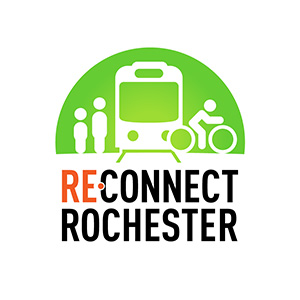
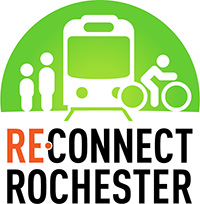







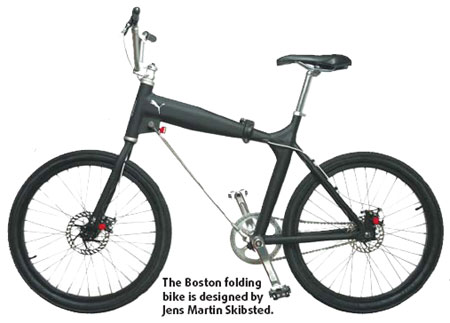
![tunnel6[1] tunnel6[1]](http://www.recumbentblog.com/wp-content/uploads/2009/08/tunnel61.jpg)

